Resources
In going beyond grantmaking, we focus on the “non-monetary” contributions foundations can make. To that end, we offer the following resources and links to facilitate the sharing of knowledge and resources among and between community organizations.
Logos & Visual Identity Guidelines
Use of the Fund’s logo and visual identity is possible with permission. Ask us first.
Guidelines for Use
The Fund has made an effort to developing specifications for the visual proportions, spacing, and alignment of its logo. When applying the logo in any context, please do not attempt to create a different version or modify the elements or their configuration in any way.
Logo
When full color logo reproduction is available, use the color version when the logo appears on a white or light background or image. When full color logo reproduction is not available, black and reverse logos are available.

PNG: 1300 x 59 / 1300 x 59 (Transparent) / 300 x 15 / 300 x 15 (Transparent)
JPEG: 1300 x 59 / 300 x 15
EPS: CMYK Color / Black / White (Reverse)
Color Assignment
The color used in the logo can be found by using
- PMS Spot Color: 5265
- C: 77 M: 73 Y: 0 K: 46
- R: 72 G: 58 B: 110
- Hex: 20258a
Publications
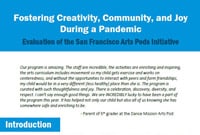
|
Fostering Creativity, Community, and Joy During a Pandemic(October 2021) |
Archive
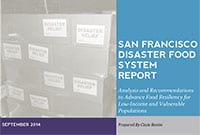 |
San Francisco Disaster Food System Report(October 2014) |
 |
Disaster Preparedness(September 2012) |
 |
Strengthening the Safety Net: Bay Area Philanthropy’s Response & Early Lessons(May 2010) |
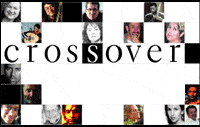 |
Crossover: How Artists Build Careers across Commercial, Nonprofit and Community Work(October 2006) |
 |
Project Briefing: Arts for the Schools, by the Schools(November 2006) |
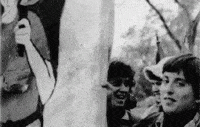 |
Stanford Social Innovation Review(Spring 2006) |
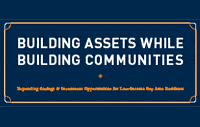 |
Building Assets While Building CommunityNew Report Released (Feb. 2006) |
 |
Diversity and Participation in the Arts: Insights from the Bay Area(October 2005) |
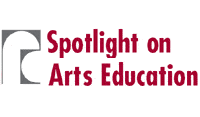 |
Spotlight on Arts Education Grantmaking in the San Francisco Bay Area(October 2005) |
 |
Joshua Venture 2000-2005: Lessons Learned(March 2005) |


